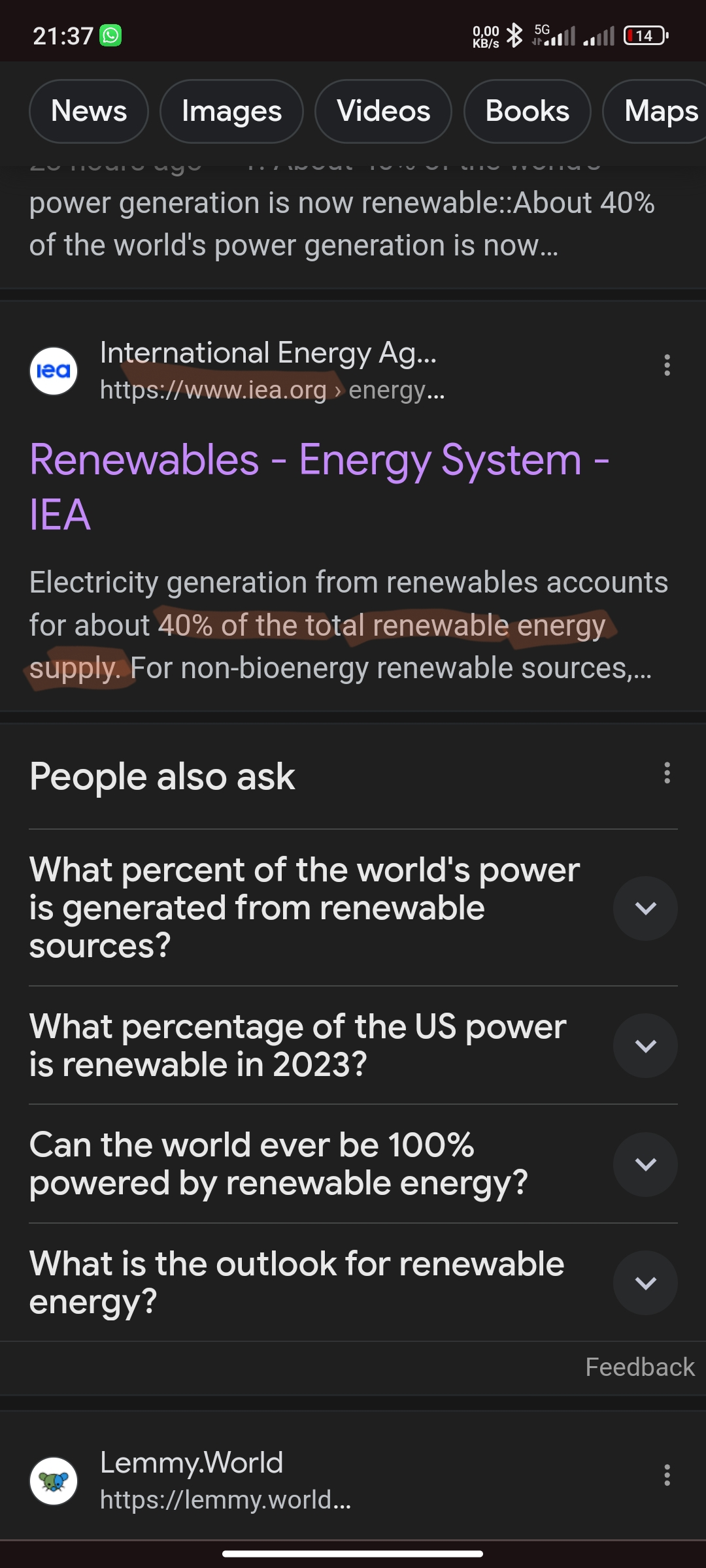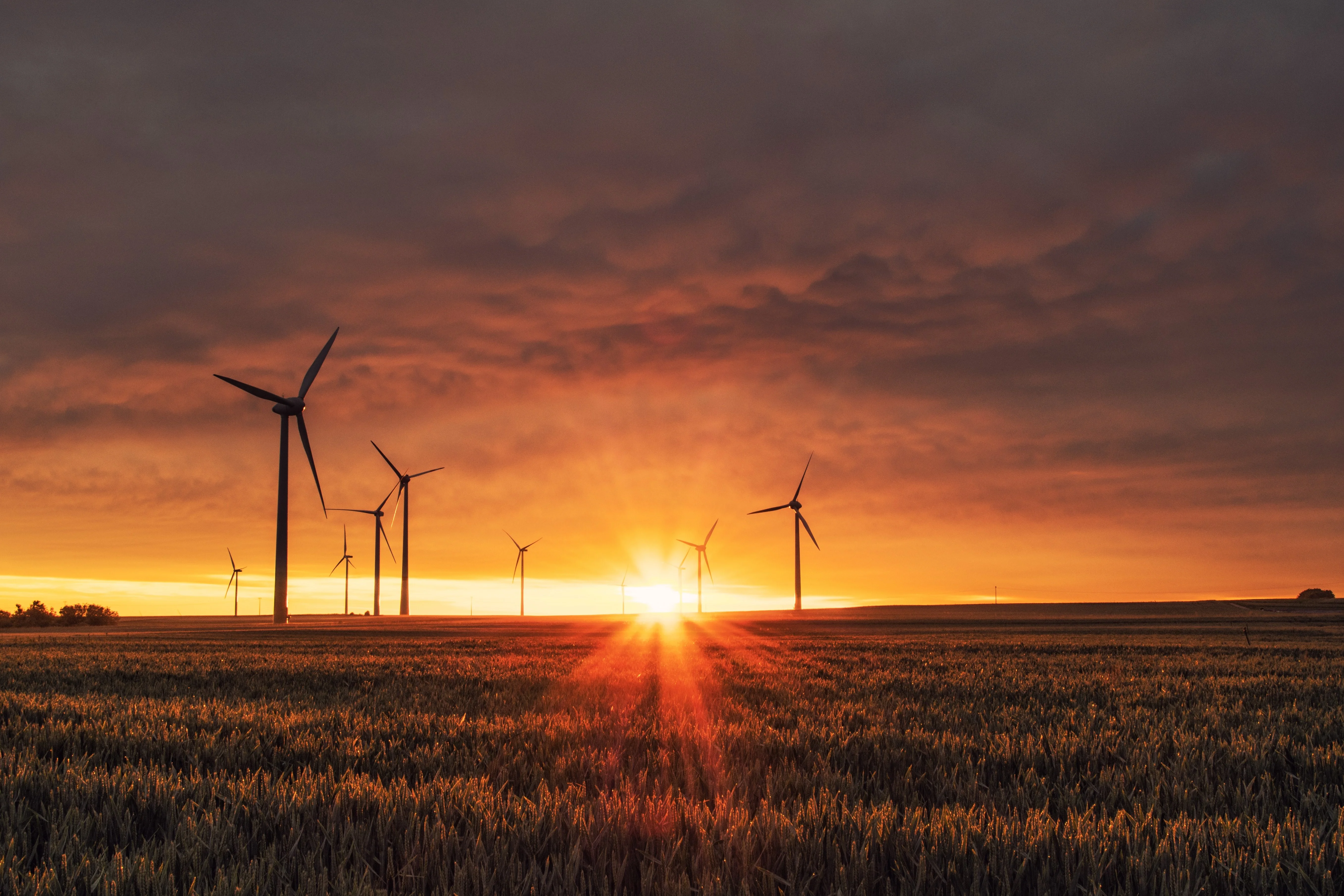.
Seems high to me too, and the lack of peer review doesn’t help
They’re measuring installed capacity, not actually generated power. Given the very low output vs theoretical maximum capacity of renewables this translates to something closer to 15% generated power, including hydroelectric.
FFS… They could at least fucking skim the report they are writing about. It’s not 40%, it’s 28%…
The total global electricity consumption, from all sources, including renewables, was 28 500 TWh in 2022, a 2.5% increase compared with 2021 (and a 25% increase compared with ten years earlier, 2013) (EMBER, 2023). According to IRENA (2023b) the percentage of electricity consumption met by RE was 27.8% in 2022, up from 27.6% in 2021. According to the International Energy Agency (IEA) (2023), demand is expected to grow by slightly less than 2% in 2023.
I couldn’t find any related 40% in the report pdf. However there is a difference between fraction of capacity, and fraction of consumption - not all capacity is used, maybe that explains some of the gap?
I found where it comes from

I don’t see a graph here or source, do you know where it’s from? This is giving about one quarter depending how you define renewable.


Here bard says it’s about 29% https://g.co/bard/share/5d4283708e75 But the first time I asked it said 40%. That’s odd …
Lets look up ‘2022 Year in Review: Climate-driven Global Renewable Energy Potential Resources and Energy Demand’ to make sure it isn’t hallucinating.
Here’s the paper, but I can’t find the percentage number. https://www.irena.org/Publications/2023/Dec/2022-Year-in-Review-Climate-driven-Global-Renewable-Energy-Potential-Resources-and-Energy-Demand
40% is expected for 2027. Crazy race. https://g.co/bard/share/ac38ca250684




